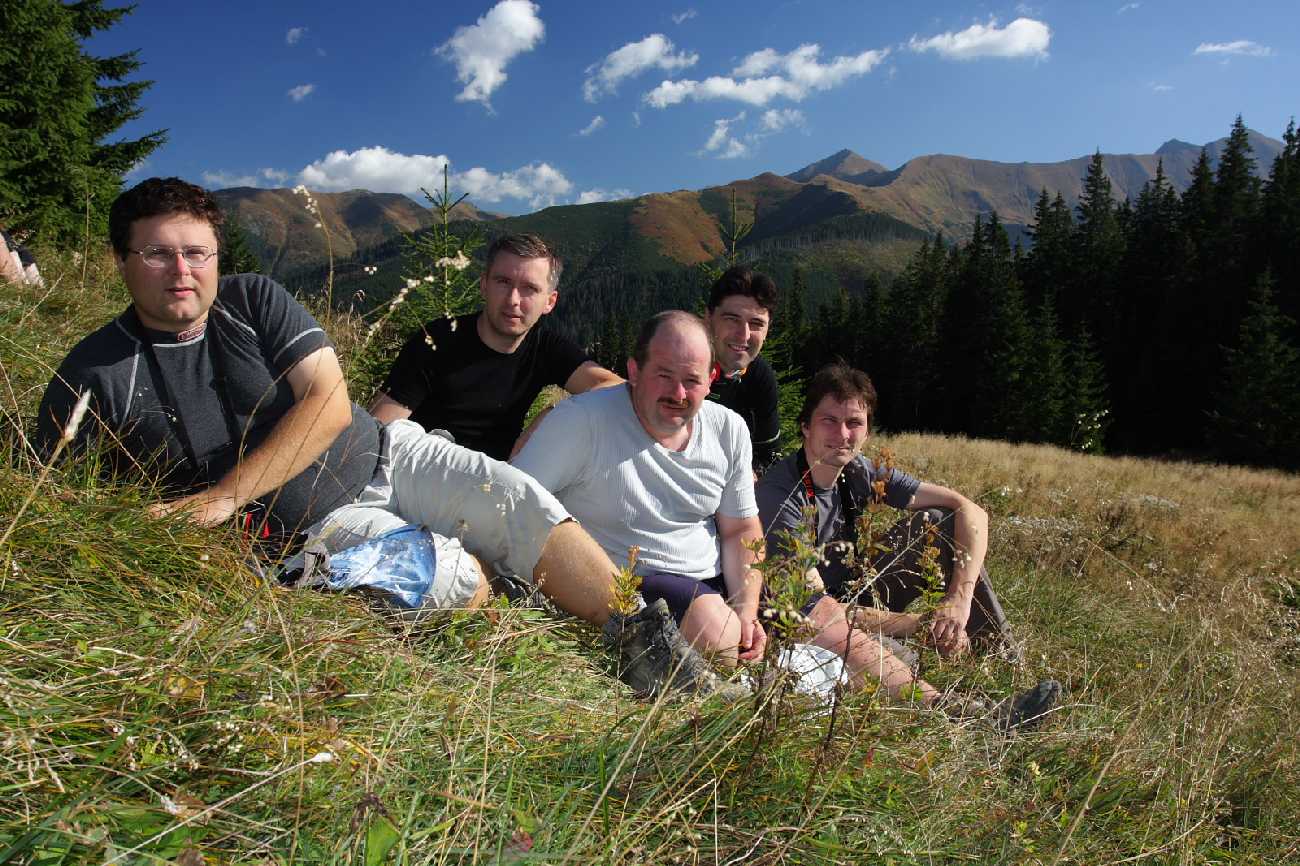

The porous limestone topography is a perfect recipe for caves and two stand out: Postojna and Škocjan. The southwestern Karst Region provides just the opportunity. If you really want to get under this country’s skin, you’ve got to go beneath the surface. Slovenia has its share of attractions above ground. Translucent salamanders, or olm, spotted in its natural habitat in an underground cave in Slovenia © piranka / Getty Images Go spelunking in the Karst Region Have a seat on the house’s terrace and taste this ancient red variety, or the many others its shop offers. The vine growing up the house’s facade is more than four centuries old and holds a spot in the Guinness Book of Records as the oldest fruit-producing vine. To sample the latter, head to the Old Vine House in Maribor, Slovenia’s second-largest city in the country’s northeast corner. There’s vintage wine and there's record-setting vintage wine. In the well-preserved, 13th century Brežice Castle, you’ll find the Posavje Museum with exhibitions explaining the area’s heritage from pre-historic times to the modern era. Of particular note is the stretch along the Sava River linking the historic structures from the town of Sevnica to the Mokrice Castle near the Croatian border. However, this region has nearly a dozen packed into a conveniently connected area. There are scores of castles scattered around the country. This area of the nation, which includes Posavje, as the Lower Sava Valley Region is called in Slovenian, is medieval castle country and the area is easily visited by both car or bicycle. That’s a pity for those who don’t make it east of Ljubljana. The region along the Sava and Krka Rivers in southeastern Slovenia is often overlooked because of the preponderance of top sights packed into the country’s western half.

Collect castles in Slovenia's medieval castle country Along the way - whether on the main loop or a regional route - you’ll ride through or near the country’s most iconic climbs, views, and locales: Bled, Bohinj, Kranjska Gora, Ljubljana, and Maribor. As well, there are four regional loops (each around 270 kilometers in length) for those who want to ride in more specific (or compact) areas and focus their cultural investigation. The loop, which circumnavigates the entire country, covers 1,500 kilometers over approximately 15 to 20 stages. The vast majority of the trail’s 16 stages are relatively flat (so no equipment is needed beyond a pack, solid boots, and a good attitude) and categorized as easy or moderate - with the highest elevation reaching around 4,350 feet. Have your cameras ready for incredible photographs in iconic overnight locales like peak-encircled Lake Bled and the massive alpine Lake Bohinj. The compromise is the Juliana Trail: a 168-mile loop that follows the contours of the Triglav National Park, which is tucked into the country’s northwest Julian Alps. Slovenia is a haven for trekking of every variety from hardcore mountaineering to relaxed walks surrounded by epic scenery. Hike in Alps on the Juliana Trailįor less experienced adventurers, a hike in the Alps feels extreme - but it doesn’t have to be. Here is a smattering of the best things to do and experience in Slovenia. Wine tours are easily paired with history-themed journeys. World class outdoor activities can be combined with city-based excitement. Though you could easily lose yourself in any quadrant, those looking to gather country-wide experiences are in for a multi-layered treat. And, because it is compact, a visit here can include all of its regions. Its influences include neighboring Italy, Austria, and the Western Balkans. The Central European nation sits in both the Alps and on the Adriatic. You’d be hard pressed to place a country’s location on the travel map better than Slovenia.


 0 kommentar(er)
0 kommentar(er)
